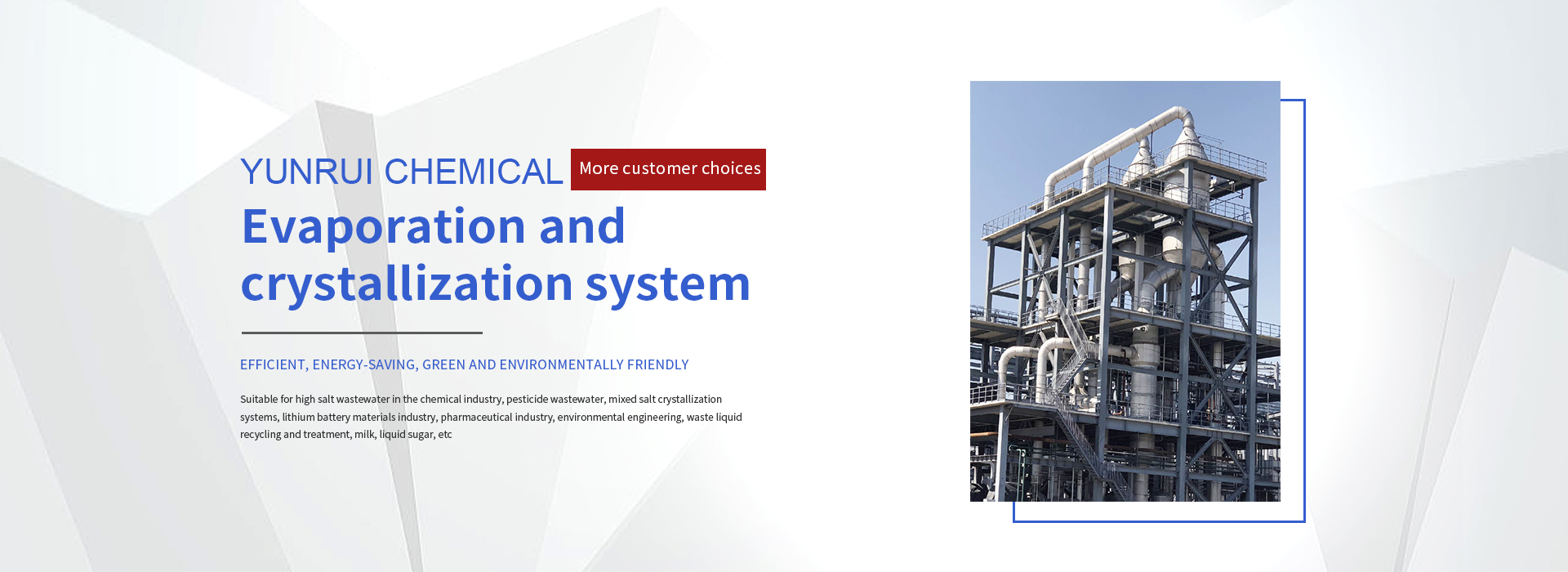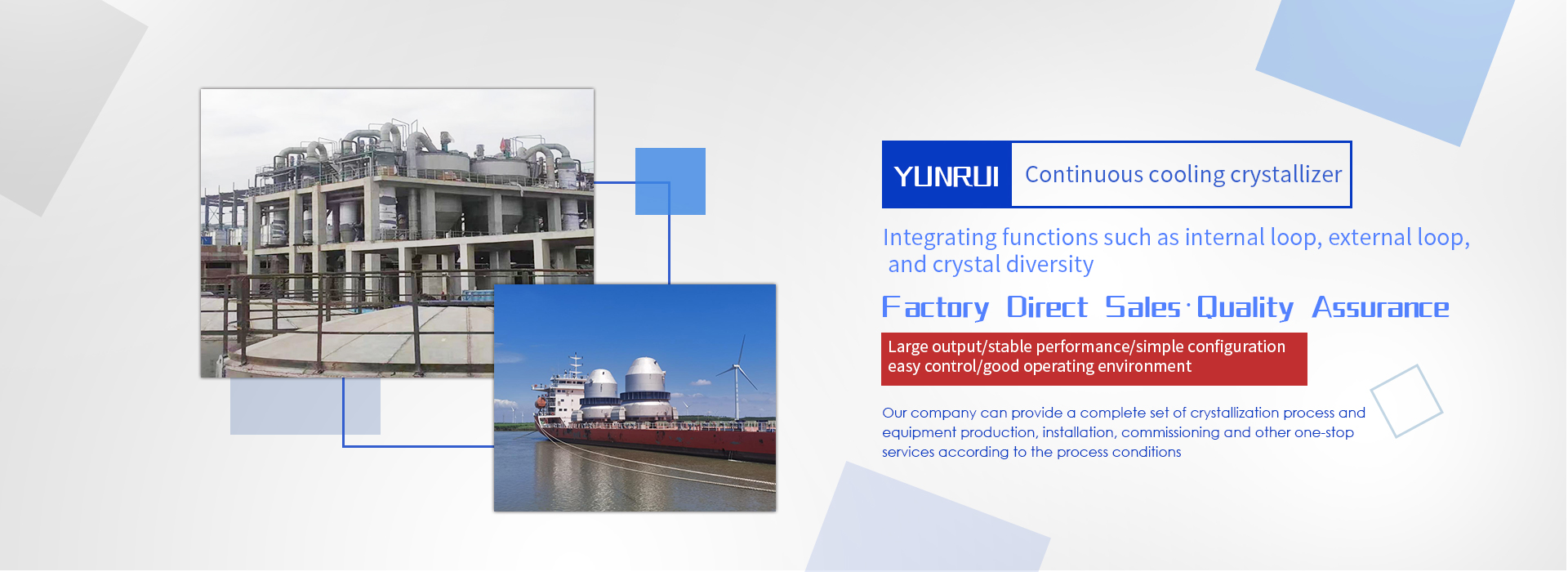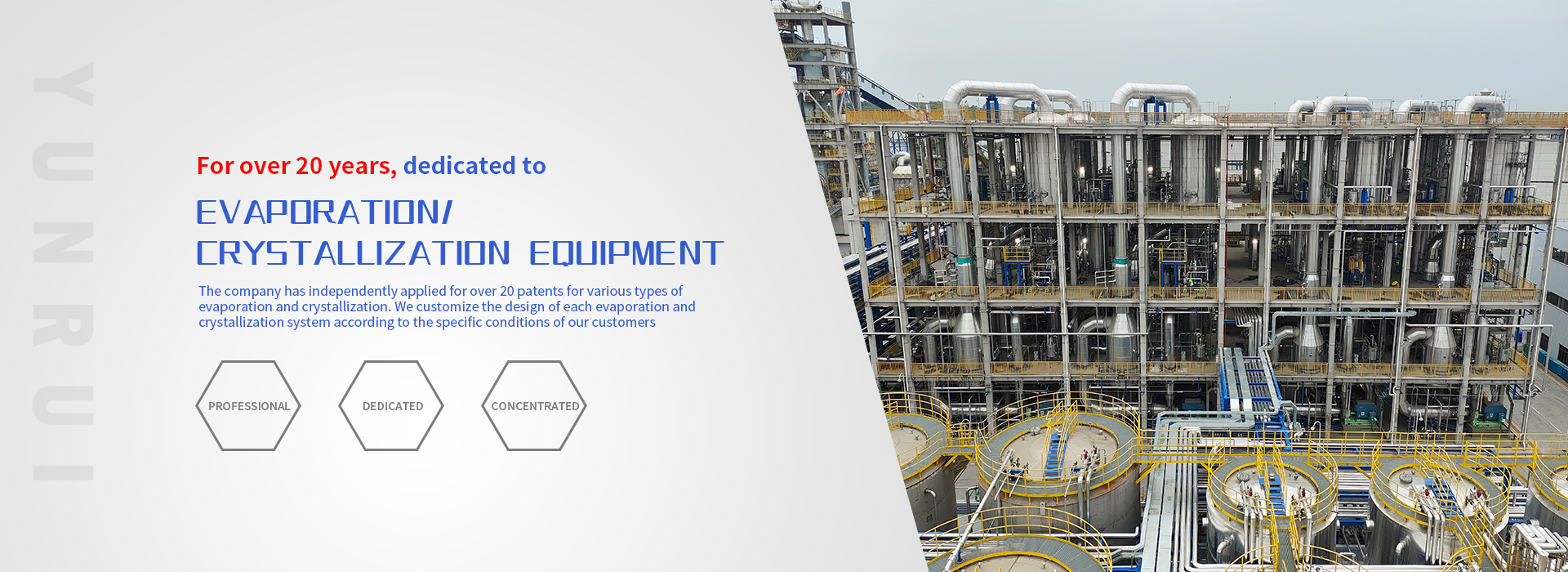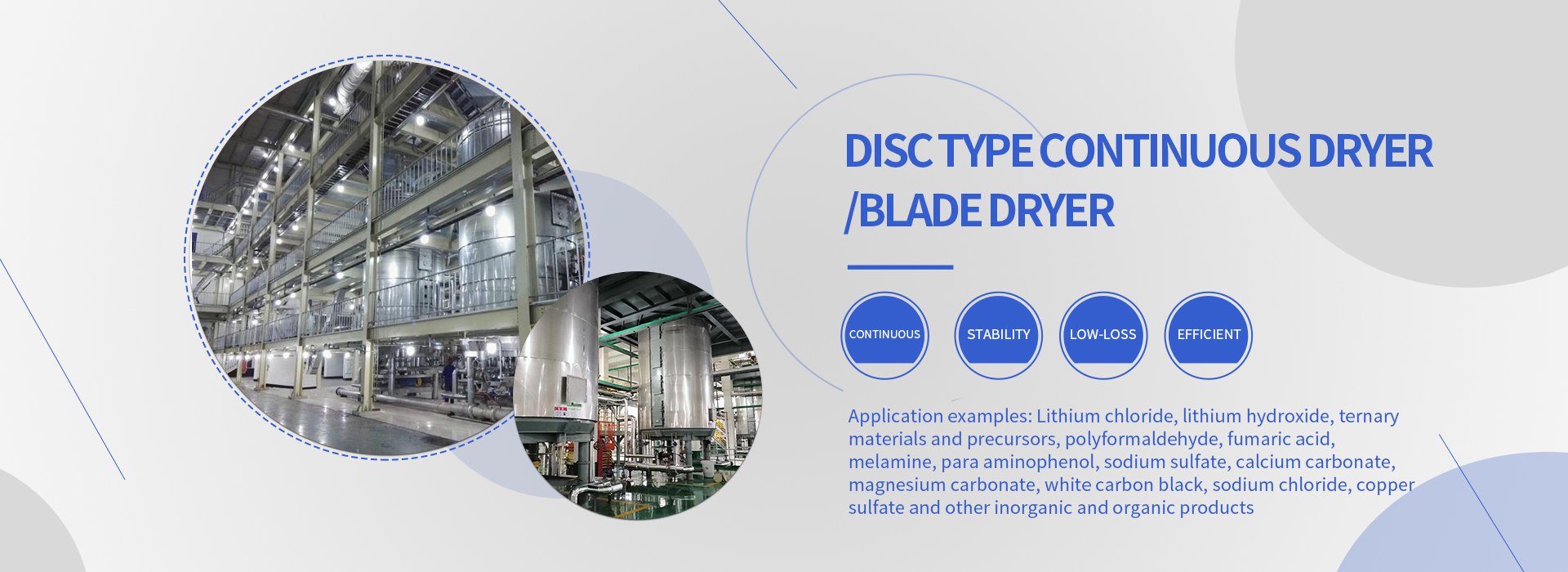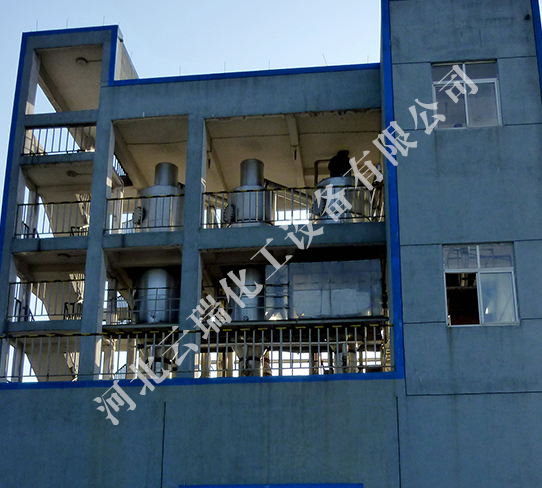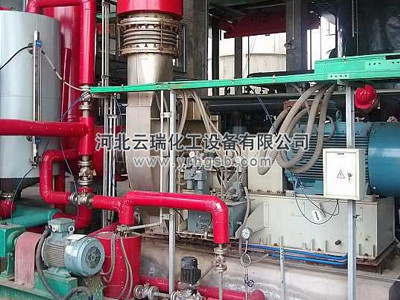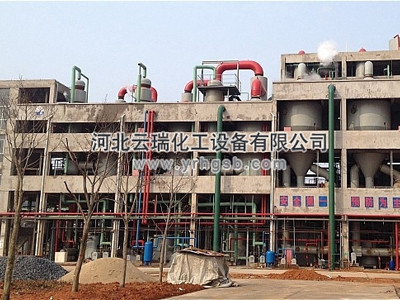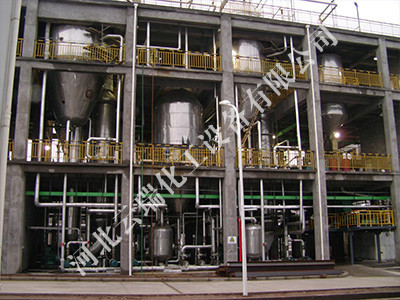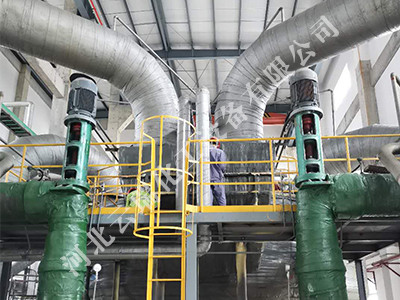In industrial production, it is common to encounter the need to process a large amount of liquid and vaporize a large amount of water. To save heating steam, multi effect evaporation can be used. Triple effect evaporation is a commonly used form of multi effect evaporation. It is a system that connects three evaporators first and operates them in series. The first effect uses fresh steam, and then the secondary steam generated by the first effect due to heat evaporation enters the second effect as a heat source for the second effect evaporator. The secondary steam generated by the second effect heated evaporator enters the third effect as a heat source for the third effect evaporator. Equivalent to steam being utilized three times. To achieve the goal of energy conservation and consumption reduction. Reduced steam consumption and also reduced the condensation of secondary steam evaporated. Therefore, the steam consumption ratio of the three effect evaporator is generally around 0.4~0.45.
The solution in the natural external circulation evaporator circulates by the density difference of the feed liquid: the liquid is heated in the heating chamber tube, the temperature increases, the density decreases, and the density difference with the cold solution in the circulation pipeline causes the liquid to circulate upward in the heating tube and downward in the circulation tube. The heated solution enters the evaporation chamber in the form of sensible heat for flash evaporation and cooling. Afterwards, it enters the circulation tube downwards and undergoes cyclic heating and evaporation.
The circulation speed of natural circulation evaporation solution in the equipment is not high, generally less than 1 meter/second. To prevent scaling and crystallization, the heating tube should be operated in a completely submerged state. This evaporator is suitable for concentrating solutions with less severe scaling and less corrosiveness. Its advantages are simple structure, easy manufacturing, and low power consumption. The disadvantage is that the solution circulation speed is slow and not suitable for materials with high viscosity and a large amount of crystallization. It cannot be cleaned on site and the material is heated for too long, making it unsuitable for heat sensitive materials.
tower general contractor
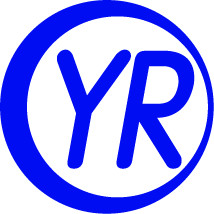
 中文(簡體)
中文(簡體) 